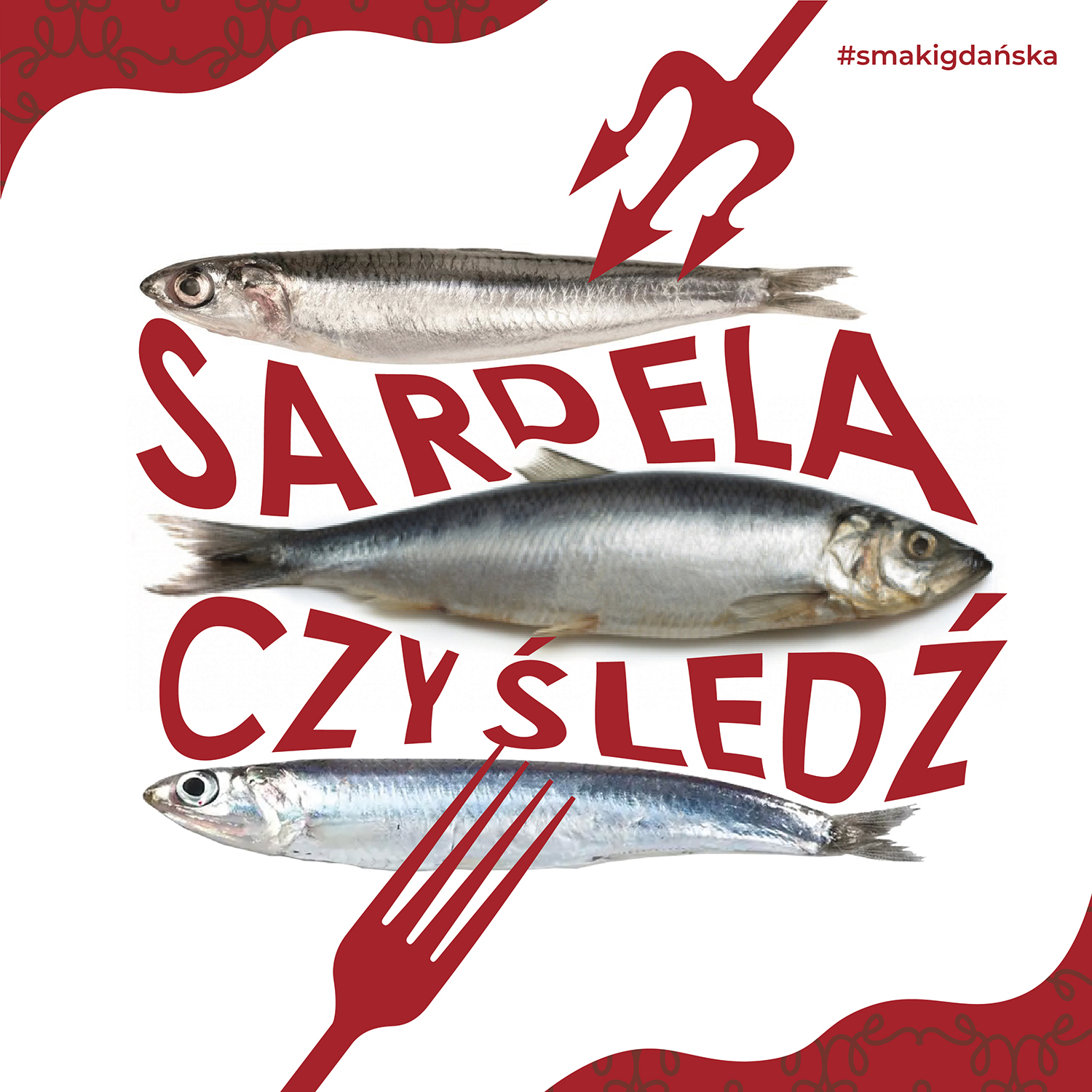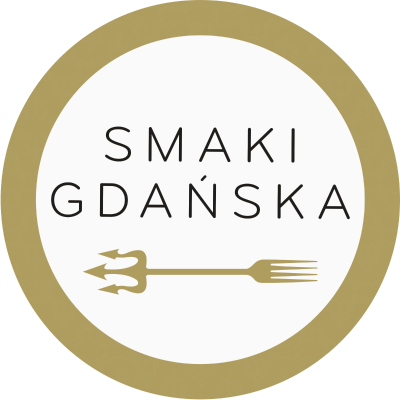
Śledź czy sardela?
Wpływał na to fakt, że połów śledzia był łatwy i niedrogi, a dzięki udoskonalonej metodzie konserwacji można go było bez problemu transportować. Dlatego jadano go w równym stopniu na północy i południu kraju. Był też idealnym źródłem białka w okresach wstrzemięźliwości pokarmowej, dlatego demokratycznie lądował na stołach zarówno biednych, jak i bogatych. Sardele, mimo swoich drobnych rozmiarów, zajmowały równie ważne miejsce w kuchni polskiej. Te miękkie, rozpływające się, słone fileciki były częstym i pożądanym dodatkiem do dań. Występują w najstarszej polskiej książce kucharskiej w przepisie na kapłona, a także w opisie przygotowania pieczystego. Stanowiły częsty składnik sosów, podawanych do wszystkiego.
Taki właśnie sos często był wzorcowy dla potraw „po polsku” (à la polonaise). Historia sardeli łączy się też nierozerwalnie z masłem. Po połączeniu obu składników w odpowiedniej proporcji uzyskiwano aromatyczne masło sardelowe. Było słonawe, podawane na grzankach lub dodawane do pieczenia mięs czy drobiu. Ten wyborny staropolski przysmak zapisał się także na kartach „Gdańskiej książki kucharskiej”. W oryginalnym przepisie zastosowany jest kontrast słodkiego i słonego, sugeruje się w nim, by nakładać masło na opieczone kromeczki słodkiej chałki. Brzmi intrygująco, prawda? Świeżego czy solonego śledzia ani sardeli nie należy się obawiać w kuchni. To wyśmienite ryby, z których można wyczarować zaskakujące i pyszne dania. Zdecydowanie nadają się do czegoś więcej niż utknięcia w powiedzeniu „rybka lubi pływać” czy odejścia w zapomnienie w nieotwartym słoiku na dnie lodówki.


